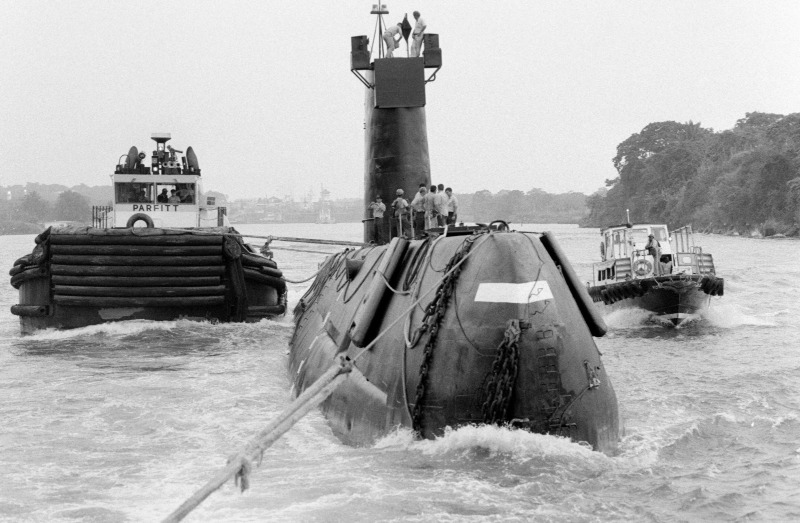About SSFP
About Us
Student Application
Subscribe to Our Newsletter
SSFP in the News
Members of Our Publishers Circle

Built in 1952, the USS Nautilus was the first submarine ever powered by a nuclear reactor and, coincidentally, also the first to ever reach the North Pole by traveling under ice. William Anderson, the commander of the Nautilus, wrote in his logbook, “Embarked following personage at North Pole: Santa Claus, affiliation: Christmas.” Spending multiple days underwater had not seemed to affect the commander’s sense of humor.
The Nautilus was 319 feet long and brought 116 crew members to the North Pole. While these numbers are impressive, the defining characteristic of the ship was its nuclear reactor, which eliminated the need for conventional practices such as surfacing or using snorkels to provide air for engines and batteries. All power was provided inside the submarine.
This trip to the North Pole, codenamed “Operation Sunshine,” provided much scientific knowledge that would eventually lead to our current submarines. The Nautilus proved that nuclear-powered submarines were viable, making it possible for modern submarines to spend months at a time underwater. This first voyage was not only beneficial for scientific research, but also for military purposes. Although the United States was the first to develop nuclear-powered submarines, world powers such as Russia and China have developed many of their own. Since 1969, the U.K. has consistently had at least one submarine carrying nuclear weapons at sea.
Even with powerful nuclear submarines, trips to the North Pole are not common. “The challenges of submarine operations in this environment should not be underestimated,” said Justin Hughes, a historian and retired submarine commander for the British Navy. The North Pole is not a desirable place for a submarine crew especially considering ice interference with sonar instruments, condensation problems, and the silent isolation.
Despite these conditions, expeditions such as Operation Sunshine provide the ideal catalyst for Arctic science, and these voyages are great opportunities for ocean exploration.
[Sources: bbc.com; earthmagazine.org]
Loading Comments...